think

As a “Think, Do, Replicate” tank, DIAL took a rigorous approach to the questions we sought to answer in our data for development (D4D) program, ensuring it was based on solid existing research with privacy by design at the center of our work.

ABOUT DATA FOR DEVELOPMENT
Data for development (D4D) refers to the use of data generated by mobile, satellite, and digital devices that has the potential to inform and greatly improve nonprofit, humanitarian, and public-sector decision-making.
Countries need timely data to deliver public services, but some elements are expensive and difficult to collect, and governments may lack the capacity to analyze or protect raw data. Mobile network data is poised to transform the way governments, citizens, and companies make decisions. This use is predicated on data being available on a timely basis and analyzed in a manner that respects individuals’ privacy and safeguards personal data.
DIAL focused our work on MNO data analytics extracted from call detail records, given the prevalence of basic mobile phone penetration and the relative cost of using this data if done in an aggregated way. While CDR data can produce complex insights, our research early on revealed we needed to focus on basic insights to ensure citizens’ privacy and protect MNOs’ operating status in their markets. Because operators must abide by the strictest legal authorities, they do not release data that could compromise their customers or their operating status.
HOW DO CALL DETAIL RECORDS WORK?
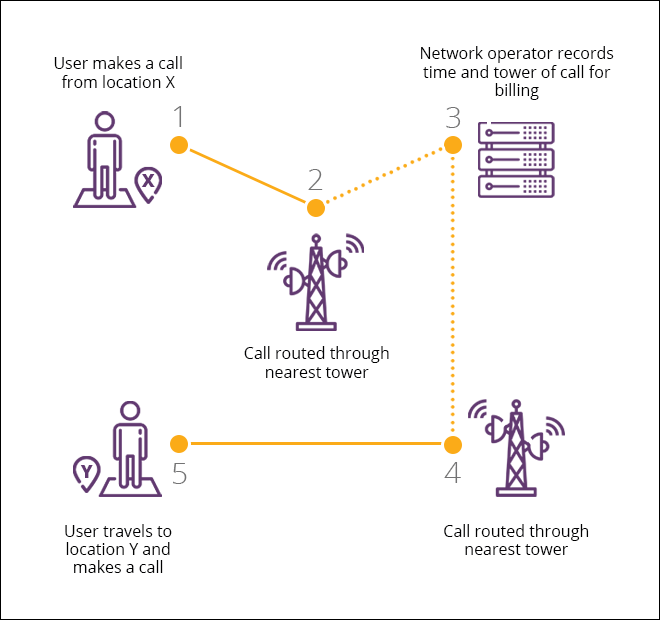
- Calls are routed through base stations or towers.
- Mobile network operators maintain a database of call detail records for billing purposes.
- CDRs are generated each time a mobile phone subscriber makes or receives a call, sends or receives an SMS, or uses mobile data.
- Data sits within the MNO firewall and raw data is never released. Instead, it is pre-processed within the firewall and analytics are released to DIAL partners.
HOW IS DATA IN THIS MODEL PROCESSED?
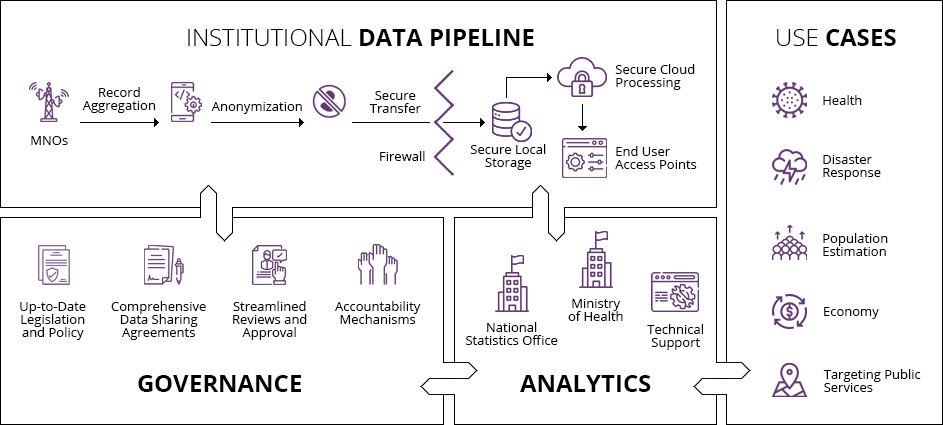
research
The rise in the use of digital technologies—particularly mobile phones—has led to an exponential rise in digital data. A lot of new data is being generated by people in communities who have previously not been represented, thanks to cheaper, more accessible phones and service plans.
We found that this data could benefit multiple sectors. It could be used reliably and safely to answer questions such as: “What is the size of the population?” and “Where are people moving?” Provided as anonymized data analytics and combined with other data, it could more accurately predict answers to questions such as: “Where do we place a health facility, school, or agricultural market?” It also could help identify where to provide emergency services or track disease spread as COVID-19 began to make an appearance. Essentially, any development question that needs to deliver services can benefit from the regular provision of this mobility data. And we found from work in Uganda, Malawi, Mozambique, Tanzania, and the DRC that it could be replicated safely.
Historically, the traditional source of data to support development efforts has come from surveys and official statistics. Without discounting their importance, these sources tend to come with high costs and long timeframes to collect the data, which ultimately results in outdated indicators. At DIAL, we believe that new digital data sources, such as CDRs and satellite imagery, can complement traditional development indicators and local sources (e.g., health records). Combining these data sources, we can turn big data into actionable insights for governments and development programs to use when delivering services.
The benefits of using mobile data for development include:
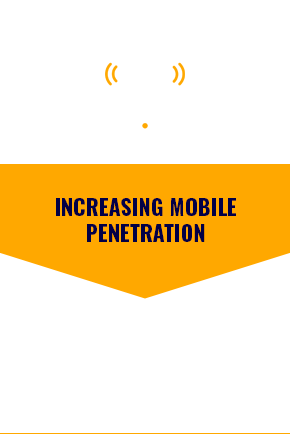
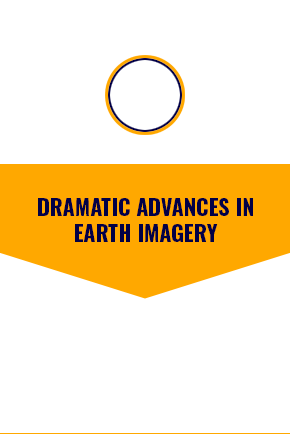
DIAL’s D4D portfolio was built on three mutually reinforcing program pillars:
1
Demonstrate D4D analytics and data models.
DIAL’s D4D efforts investigated operational and commercial models for generating mobile- and digital data-based insights that the development sector could use to make better and more informed decisions.
2
Develop and deploy a common data architecture.
We invested in a suite of robust, scalable, interoperable, common data elements and platforms that are based on open standards that could be used by the development community in new countries to enable insights using mobile network data.
3
Strengthen the ecosystem’s ability to deploy D4D programs.
The team provided research to aid regulators and policymakers in their collaboration with data-for-good stakeholders. DIAL produces evidence of D4D’s positive social and commercial impact to encourage others to adopt D4D solutions and continue to innovate in this area.
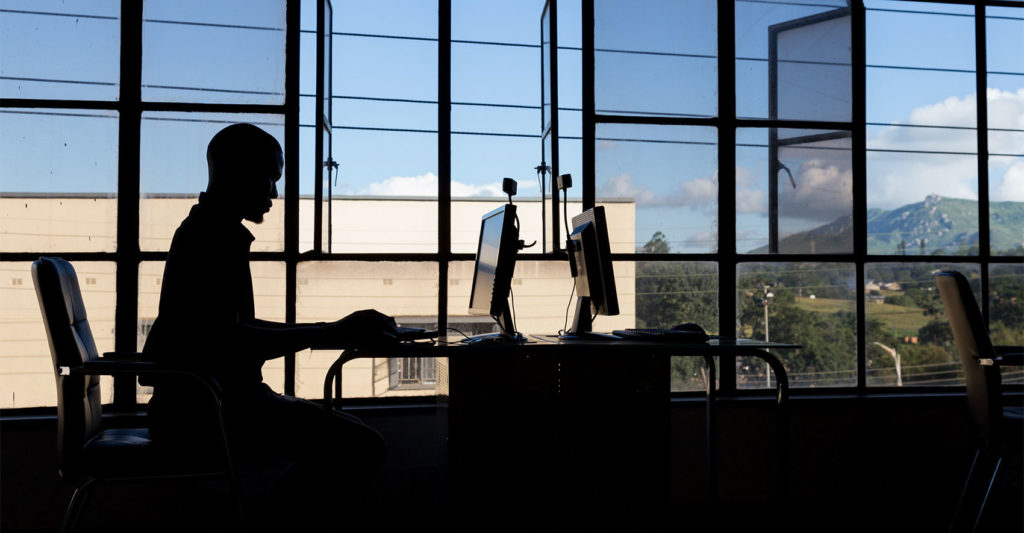
RESOURCES
In order to find out how to safely, securely and routinely access MNO data, we and our partners needed to investigate some key questions. As we developed this program, we used prior work as the foundation of our approach.
From DIAL’s prior research
The Challenge of Upholding Data Privacy in Digital Development
Unlocking MNO Data to Enhance Public Services and Humanitarian Efforts
Digital Inclusion: The Role of the Mobile Network Operator in Africa
Using Mobile Network Operator Data for COVID-19 Response
Unlocking the power of mobile data for humanitarian and development purposes
Produced with Flowminder
From our partners:
Using Mobile Phone Data to Make Policy Decisions
Cooper/Smith
Big Data and Development: An Overview
Data-Pop Alliance
Sustainable Business Models
GSMA
AI4I Webinar Series: Using mobile big data analytics to combat global challenges inc. COVID-19
GSMA
Understand the Existing Ecosystem
Principles for Digital Development
Data Privacy, Ethics and Protection Principles
UN Global Pulse
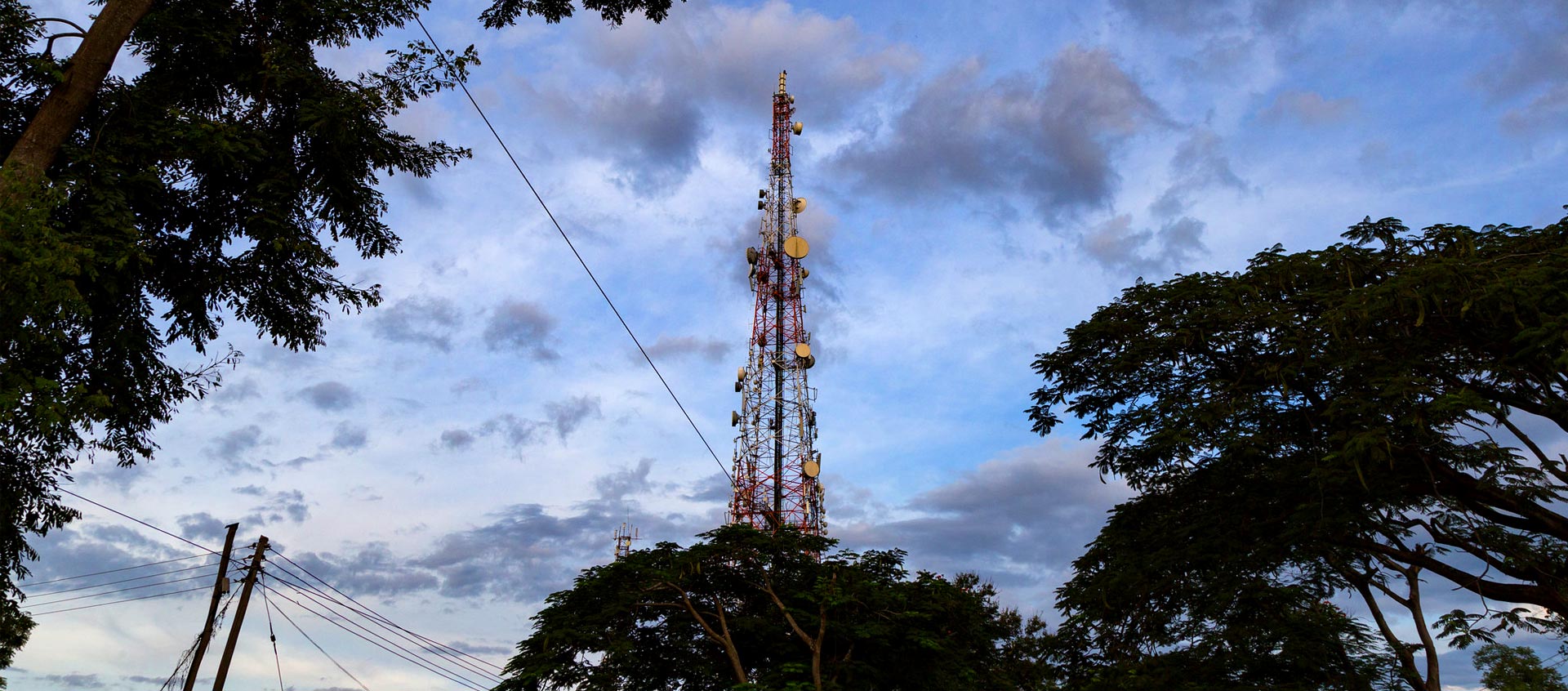
our Privacy approach
Data privacy and security are an essential part of using MNO data for development. DIAL works closely with governments and intermediaries to ensure that the benefits of using MNO data outweigh any potential privacy and security risks to users or beneficiaries of such data.
At DIAL, we believe that it is a collective responsibility of all development actors to take measures to minimize unnecessary data collection and to protect confidential information and the identities of individuals represented in datasets from unauthorized access and manipulation by third parties. DIAL believes that D4D practitioners must carefully consider:

Which data is collected

How the data is acquired, used, stored, and shared

Who the main users and beneficiaries are

Potential risks to the privacy and security of users and beneficiaries
In practice, this means that organizations collecting and using individual data should consider the sensitivities around the data they have collected, and practitioners should be transparent about how data will be collected and used. They should also seek to minimize the amount of personally identifiable and sensitive information that is collected, as well as create and implement security policies that protect data and uphold individuals’ privacy and dignity by creating an end-of-life policy for post-project data management.
When considering the combination of other data sources with MNO data, DIAL recommends that neither MNOs nor implementers should share personal data in its raw form and only share anonymized and aggregated data. Data analytics coming from the MNO are pre-processed behind the MNO firewall and shared out as data analytics on a limited number of variables primarily tied to movement patterns. Embedding strong privacy and security standards and practices into the project provides safeguards so that MNO data can be used responsibly.
WHY DO WE DO THIS?
DIAL believes it is imperative that data is used to enhance citizens’ lives and not as a source to harm them. We work with governments, regulators, and MNOs to ensure that these safeguards are in place and embedded in the system design. As these models unfold, it is important to promote D4D in a way that sets standards and promotes principles for long-term use and governance of data that are a part of larger national digital transformation efforts being led by governments.